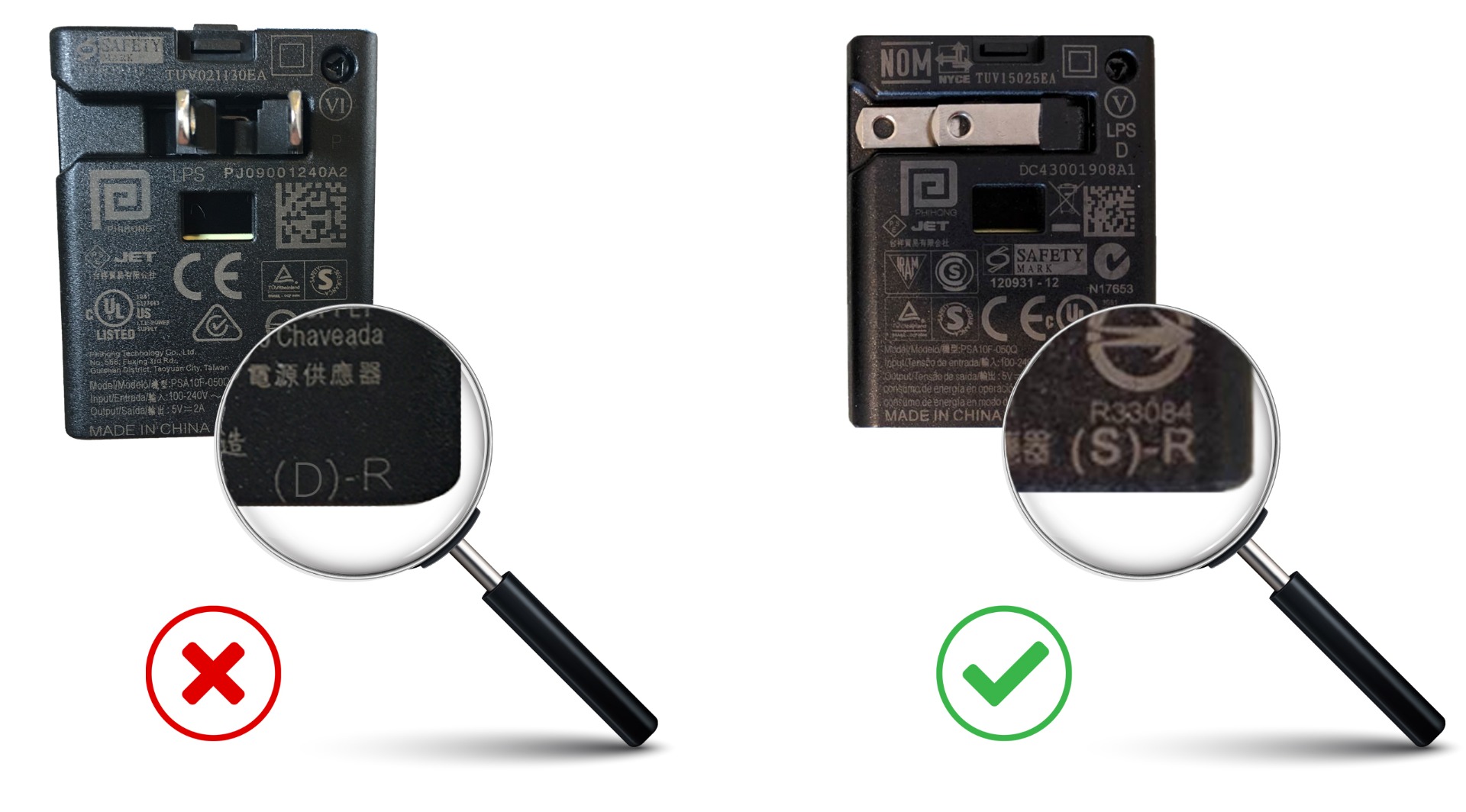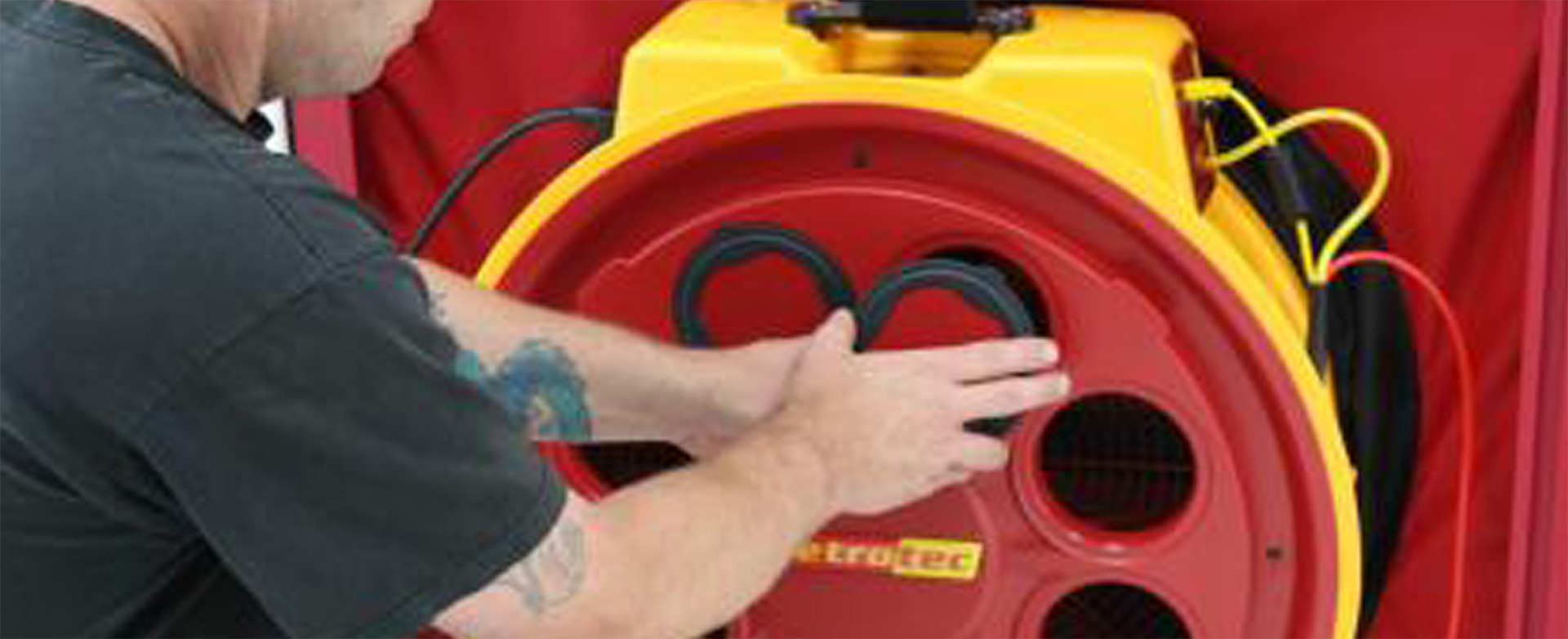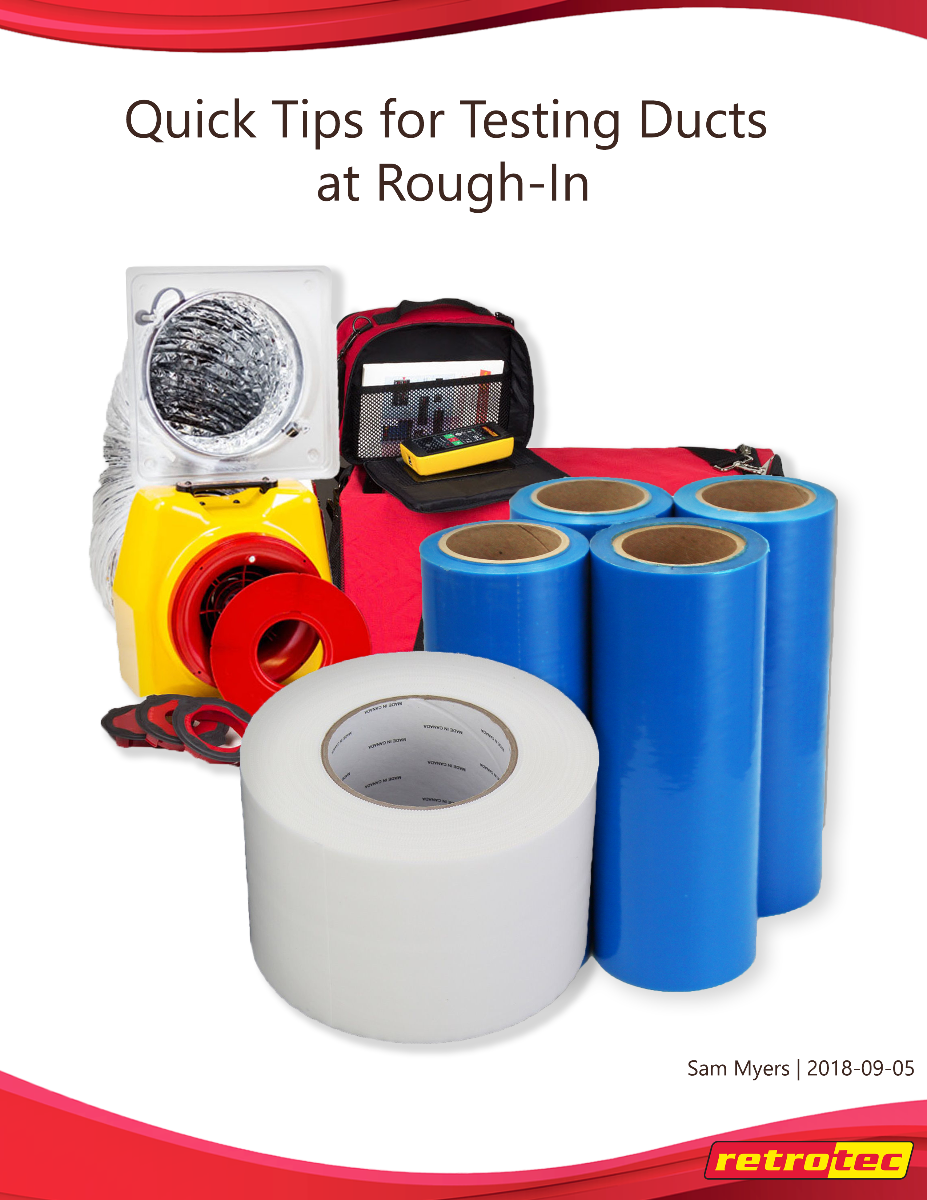Monthly Archives: September 2018
-
Posted: September 26, 2018Categories: EnergyRead more »
By: Sam Myers, Retrotec and Kristi Brodd, Advanced Energy
Hurricane Florence brought record amounts of rainfall and devastating flooding across North Carolina, especially in the eastern part of the state. According to CNN measurements, some cities saw close to 3 feet of rain over four days, which is the highest rainfall total for any tropical system to hit the East Coast of the United States.
As flooding recedes, many people are returning to their homes and beginning the restoration process. If you are moving back into a home that was flooded, it is extremely important to become knowledgeable on moisture management and take the necessary steps to keep your house safe and healthy for you and your family. Just because the water is gone and your house looks back to normal, does not mean that there is no damage or dangerous mold behind the walls, floors and ceiling.
Many families suffered the effects of mold after flooding caused by Hurricane Floyd in 1999. Some
-
Posted: September 14, 2018Read more »Please check Retrotec USB chargers for the marking shown in the below image.
 There was an issue with some past DM32 chargers that resulted in not being able to charge the gauge from a fully depleted (0%) battery level. There will be a letter in the lower right-hand corner. If it has a “D” shown please notify [email protected].Affected chargers are from 2018 or prior. Retrotec can replace the charger during your DM32's recommended 5-year calibration service.
There was an issue with some past DM32 chargers that resulted in not being able to charge the gauge from a fully depleted (0%) battery level. There will be a letter in the lower right-hand corner. If it has a “D” shown please notify [email protected].Affected chargers are from 2018 or prior. Retrotec can replace the charger during your DM32's recommended 5-year calibration service.Please contact [email protected] if your gauge isn't working for any other reason, as well.
-
Read more »
We start at the highest pressure and work downward for two reasons.
- It helps the fans reach the target pressures faster. The speed control algorithm works faster going from a higher pressure to a lower pressure.
- It helps you properly select your Range Ring for the test. By starting with the largest possible range (highest flow) to test at your highest pressure you ensure the minimum possible range changes while testing. Ideally, you don't want to change ranges in mid test because it wastes time.
-
Read more »
You need to consider that there is a fundamental issue of uncertainty with using 4 Pa as a reference pressure. Just imagine, if there is even a 1 Pa fluctuation, due to so many possible sources that can cause pressure fluctuations as you know, the pressure measurement already has an uncertainty of +/- 25% error. Consider that for almost all airtightness testing standards across the world, the reference pressure for Flow results are either 50 Pa or 75 Pa.
-
Posted: September 13, 2018Read more »
The main disadvantage to positive duct test pressure is that it blows off register seals or makes them leak. An LBL study showed a wide dispersion of results when the same duct test was repeated many times. Depressurizing will allow the use of lower sticking masking materials that are less likely to pull off the paint. In some cases plastic food wrap will work.
The main advantage to positive duct test pressure is that the flex duct doesn't contract as much. In cases where the flex runs to the ceiling this contraction effect might cause problems.
Testing using depressurization will usually result in less leakage because gaps and seams will be pulled closed”
-
Posted: September 05, 2018Read more »
Whether it’s for a building code, third-party home performance program, HERS rating or quality control, testing ducts on new construction homes before the drywall is installed is a good idea to easily fix issues. Once the drywall is installed, it can be difficult to access certain parts of the duct system that need air sealing, especially if there are ducts in chases or between floors. Sometimes it can be tricky to set up your duct tester at rough-in since you typically don’t have a grille to tape the flange to, especially if the return is in the ceiling. Unfortunately, duct mask doesn’t stick to wood and mastic very well. Visible mastic is typically a sign of a job well done when it comes to air sealing. However, it can be frustrating if you don’t have a good system for keeping your flange and flex from falling while you are running a test or hunting down leaks with a smoke device. Setting up a duct test is already one





